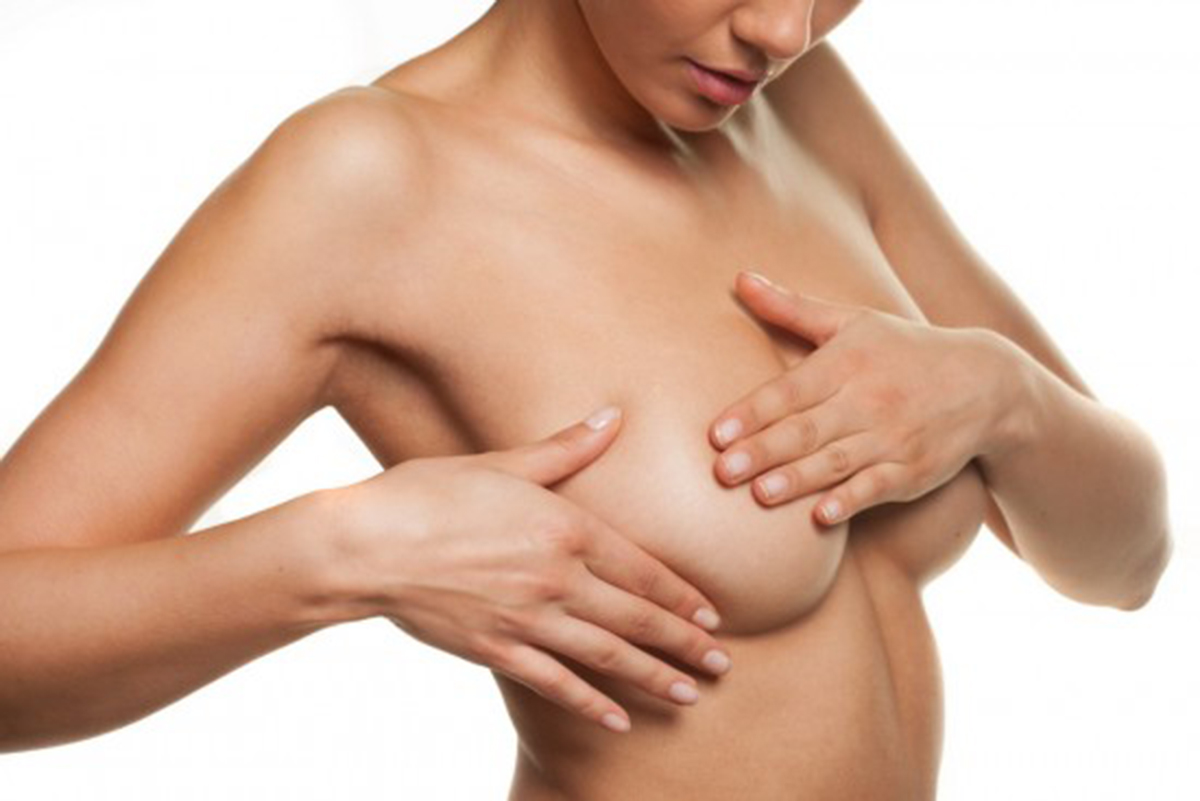Table of Contents
Breast cancer is one of the most common types of cancers that develop in women. Though it usually presents first with a suspicious mass on your breast, every breast mass is not necessarily a cancerous one. Learn now how to differentiate between breast masses, and when to worry or not.
For any woman, the presence of a mass, lump or bulge on the breast could be a pretty frightening experience. You might start to jump to conclusions and believe that you might have breast cancer. And with the fact that – in this time and age – we are able to look up any possible diagnosis for our breast mass with "Dr. Google" (based on its size, its color, its appearance or the products it possibly secretes), our worries, fears and anxieties are even further worsened.

Just like malignant masses, benign masses initially present as a lump or bump on the surface of the breast. There are a vast array of breast masses (both benign and malignant), and truly, just from the “feel” of the mass, you can’t always tell (though you might be able to get a clue at times). However, a more detailed cytological examination would give you a great deal of information as to whether your breast mass is harmless, or whether you should actually start to worry.
What exactly do you need to know about different breast masses and how to tell if they are cancerous?
Benign Breast Masses: Worry Not
Benign breast masses are extremely common, and as a matter of fact approximately 80% of all breast masses are benign. They can arise as part of a normal physiological process (hormone regulation), traumatic damage to the breast, breast infection and even medications side-effects. The reason why benign breast masses are so common throughout a woman’s reproductive age is because they are sensitive to estrogen fluctuation throughout menstrual cycles.
The most common benign breast mass is called a fibroadenoma, also called the “mouse of the breast”. A fibroadenoma is made of fibrous and glandular tissue that comes from overstimulation of the glandular tissue of the breast. On palpation, fibroadenomas are firm, hard and rubbery masses, and when they are pressed they change direction (hence their nickname, “mouse of the breast”).
Fibrocystic changes are also very common and somehow similar to fibroadenomas, but the latter ones appear on both breasts (unlike fibroadenomas which are unilateral) and they increase in size as the time for menstruations approaches. Other examples of harmless breast lumps are breast cysts, which are flui-filled sacs that tend to resorb over time. Sometimes, harmless breast masses might appear dangerous at first sight, which is the case of intraductal papillomas.
Warty lesions that develop inside of the lobular ducts, intraductal papillomas impinge on the lobules’ blood vessels, causing blood to ooze out and be discharged through the nipple: this is why patients worry. Other types of breast masses that are of lesser significance are those that are caused by a breast abscess or breast necrosis (secondary to local trauma).
Read More: Breast Cancer Prevention: Practical Aspects
So here we are: you have just performed a breast self-exam in front of your mirror, and you have detected a suspicious mass that seems to worry you. Your next step should be to head right away to your doctor’s office for a consultation.
Generally, imaging techniques (Ultrasound, Mammogram, MRI, etc.) would do the trick. Ultrasounds can help your doctor differentiate a solid mass from a cyst. A mammography, followed by a fine needle aspiration could help in determining whether a mass is benign or malignant (possible breast cancer).
- Photo by shutterstock.com
- Photo courtesy of University of Michigan Medical School Information Services by Flickr : www.flickr.com/photos/umich-msis/6550246991/


Your thoughts on this